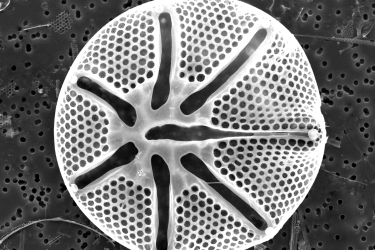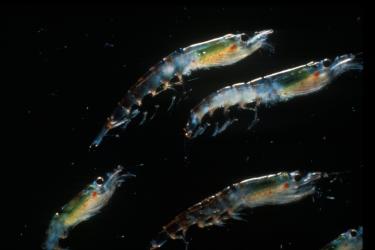Anyone keeping up with the news knows that global ports are in crisis. Container ships are waiting for days—sometimes weeks—to dock and offload their cargo. While the media are focused on how this will affect the holiday shopping season, we’re focused on something different.
When is our shipment of gear going to get to Punta Arenas?
Each year, we ship our field gear on a cargo ship from Southern California to Punta Arenas, Chile. We time our shipments so that they arrive in Punta Arenas at the same time as our personnel—about a week before departing for Antarctica—so we can unpack everything and get it ready to load onto the research ship. We also perform system checks on the gliders to make sure they survived the trip south in working order. It usually takes about two months for our gear to get from California to Punta Arenas, but because of this year’s shipping delays, we shipped our gear earlier than usual to ensure it arrived on time.
We last saw our gear on August 5th, when my co-worker and I drove it up to Port Hueneme, CA, for transport to Punta Arenas. Back in August, we anticipated it would arrive in early October. Plenty of time for a November 8th departure for Antarctica!
Or so we thought.
In anticipation of an early November departure, two of my co-workers and I planned to travel to Punta Arenas in late October to check out the gliders and prepare field gear to load onto the research ship. Chile lifted its mandatory quarantine requirement on November 1st, which was good news for us—we wouldn’t have to spend a week in COVID-19 quarantine in Santiago before flying to Punta Arenas.
Four days before our scheduled departure from San Diego on October 31st, we were notified that the shipment wouldn’t arrive in Punta Arenas until November 9th. We delayed our departure until November 4th, and the research ship delayed its departure until November 12th.
Then, one day before our new scheduled departure from San Diego, we were notified that the shipment was still in San Antonio, Chile—more than 1,300 miles north of Punta Arenas—and wouldn’t arrive in Punta Arenas until November 16th. Again, we delayed our departure until November 8th, and the research ship delayed its departure until November 19th.
And that’s where things stand now.
These delays are not only inconvenient from a travel perspective, but they’re frustrating from a science perspective. Although the research ship has delayed its departure from Chile by almost two weeks, the cruise is not getting extended on the back end. We were already facing a shorter field season than normal, and now it will be even shorter than we originally thought. Our normal Antarctic glider deployment lasts about three months, and now we will be lucky to have a three week deployment. Although something is better than nothing, we can’t help feeling disappointed, especially after missing last year’s deployment.
Wish us luck for no more delays!


